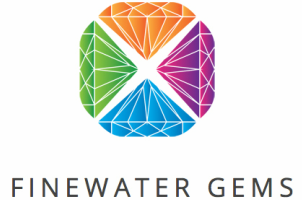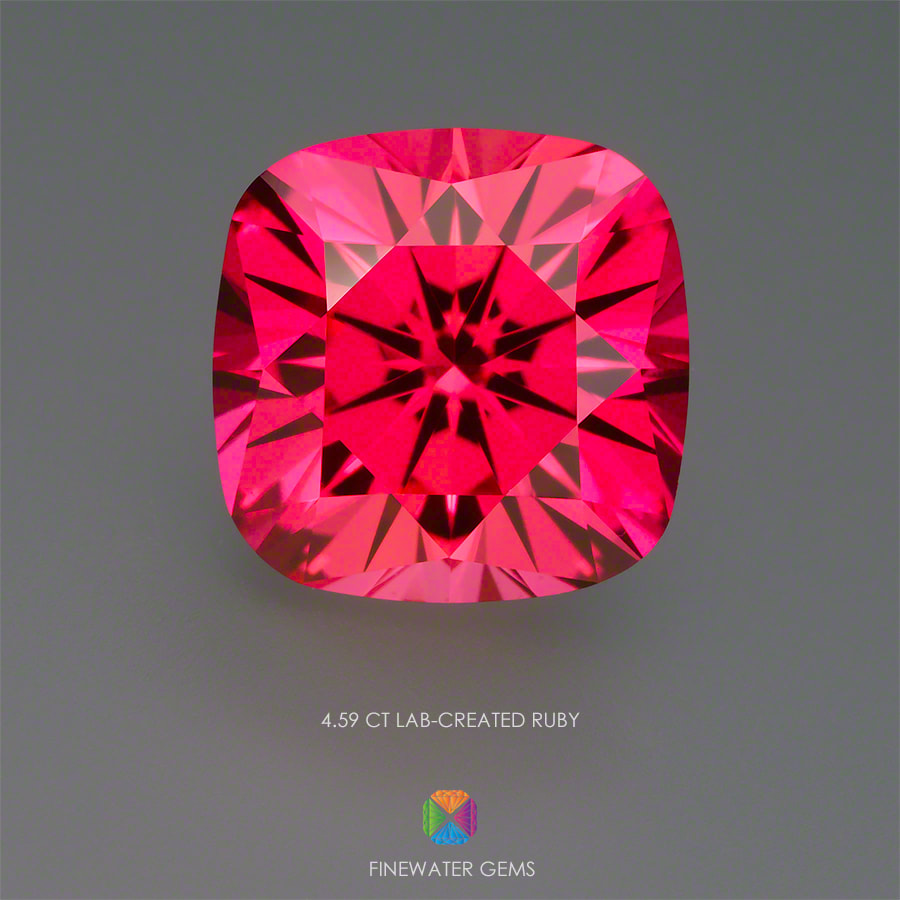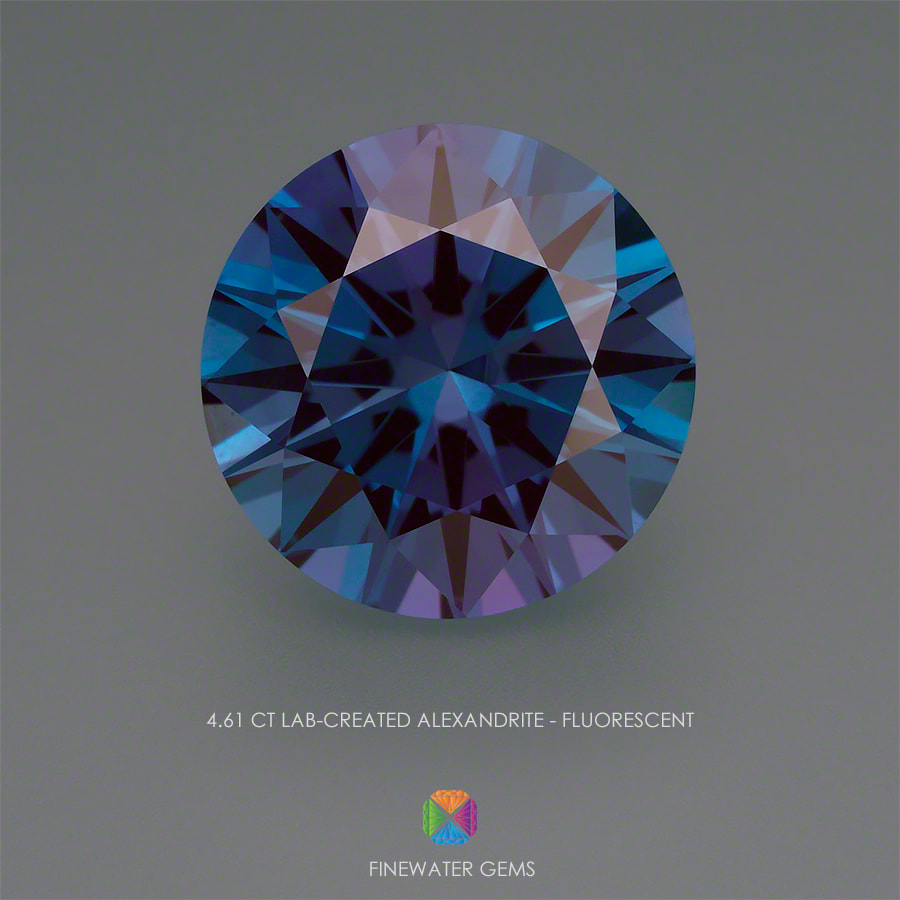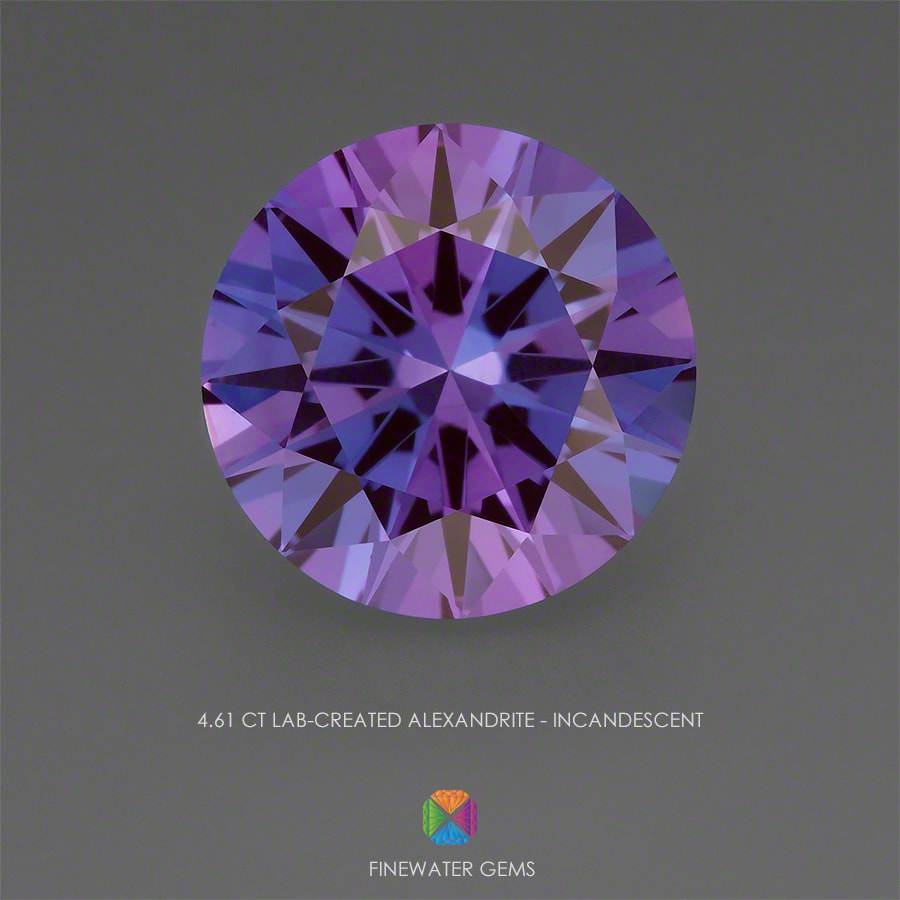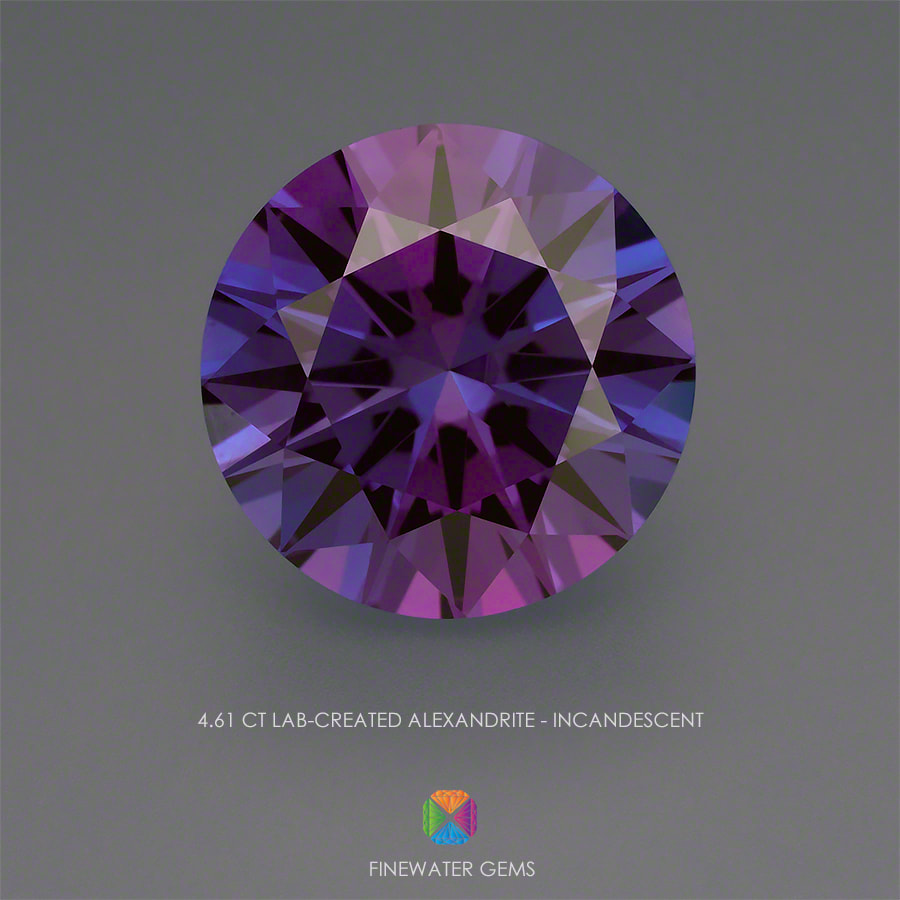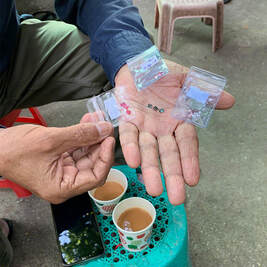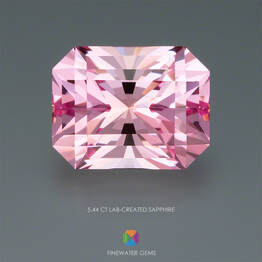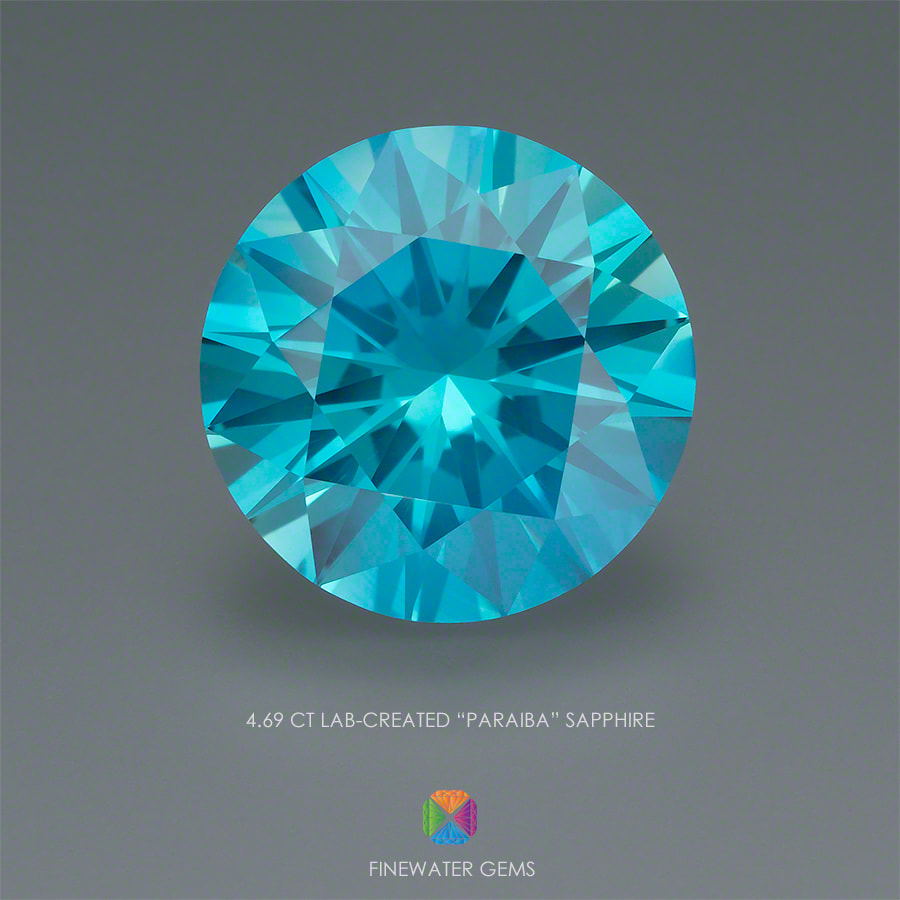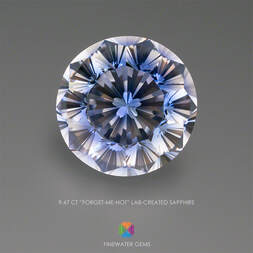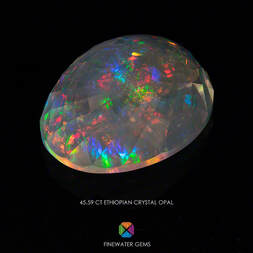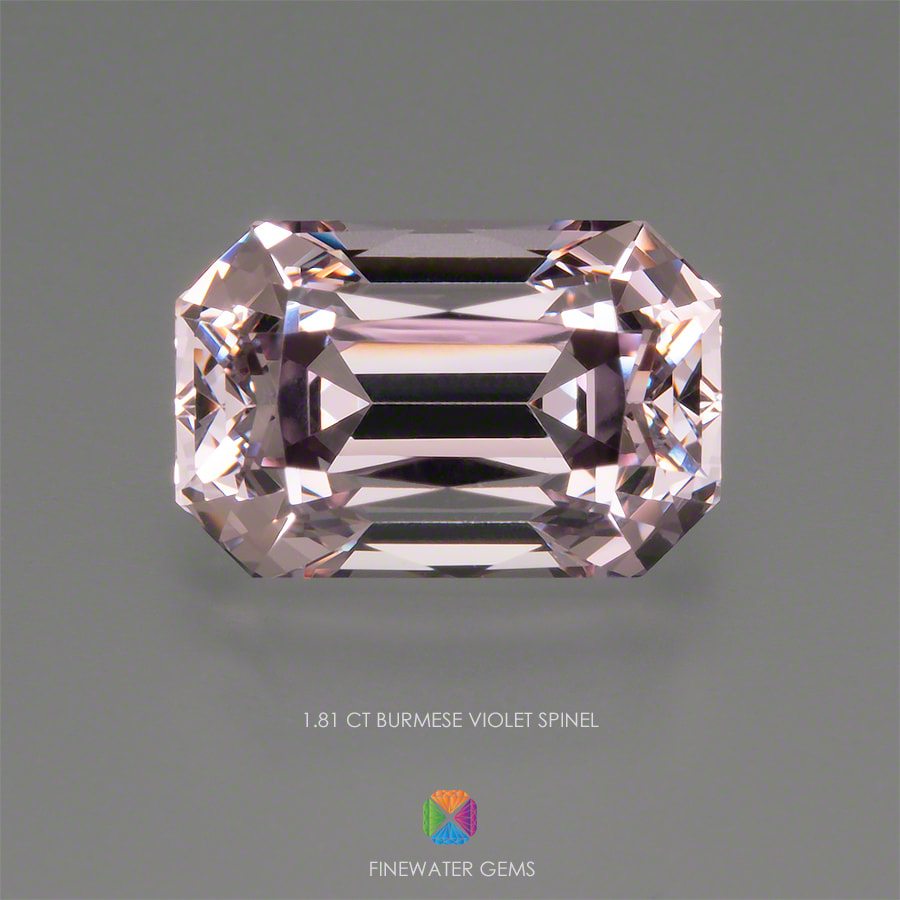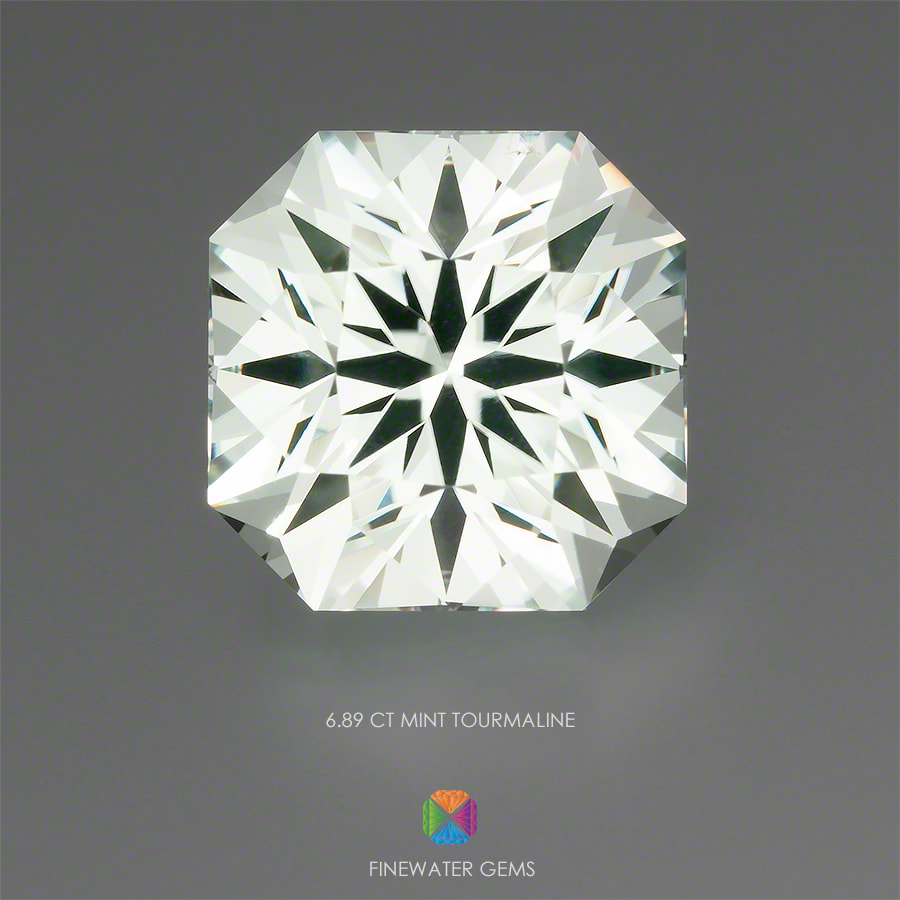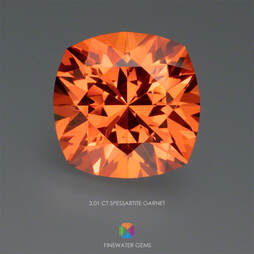0 Comments
Many venders don't have the skill, equipment or desire to accurately photograph color-change stones, and therefore use Photoshop to "fake" the hue of the stone. Fortunately, there's an easy method to determine whether color-change photos have been faked. Take a look at the following photos - the first is a lab-created alexandrite photographed in fluorescent lighting. One of the others was photographed in true incandescent lighting, but the other was "Photoshopped" using a hue adjustment on the original fluorescent photo. Which is the fake? Give up? If you closely examine the facet reflections and light/dark areas of each facet you will see that those in the third photo match exactly those in the first photo, indicating that the same original lighting was used but the photo was modified in Photoshop to change its hue. It would be virtually impossible to perfectly match all of those facet characteristics with a different set of lamps, as proven in the second photo. Note the different look of the facet reflections and shading.
This process of examining the facet reflections can also be used for determining whether photos of matched pairs are faked (a single photo is taken, then "flipped" horizontally to create the illusion of a perfectly matched pair) or when showing various orientations of a gemstone (by "rotating" a single photo).
|
Archives
September 2022
|
Copyright © 2007-2024 Finewater Gems. All rights reserved.
